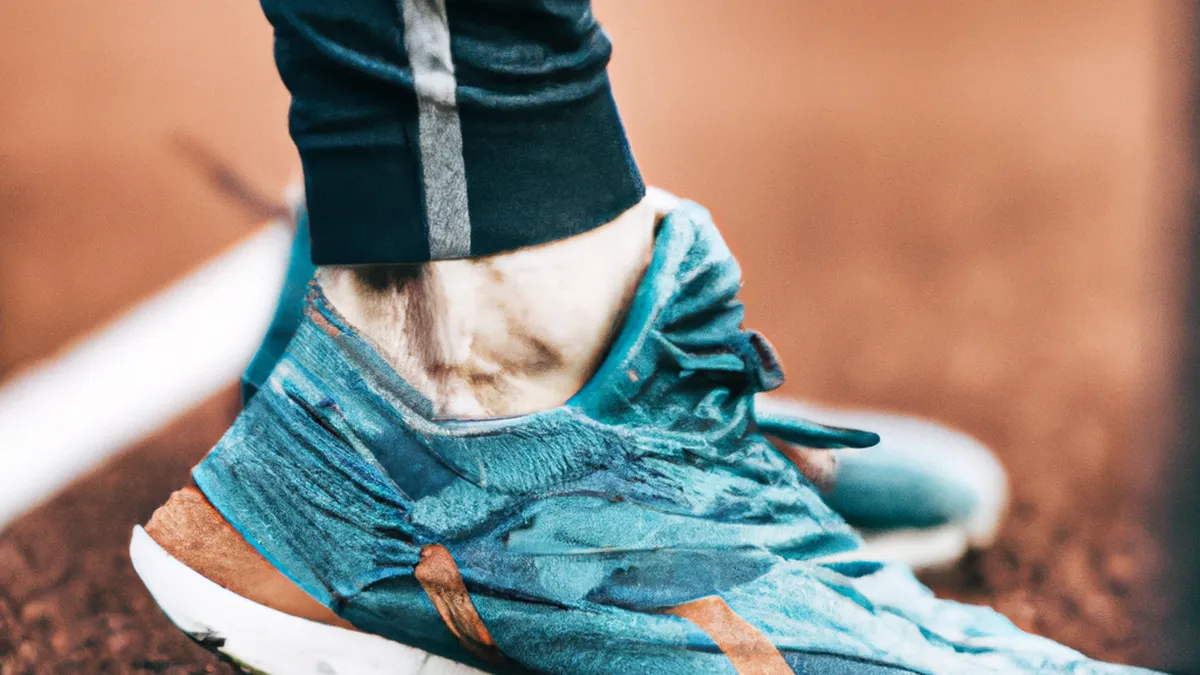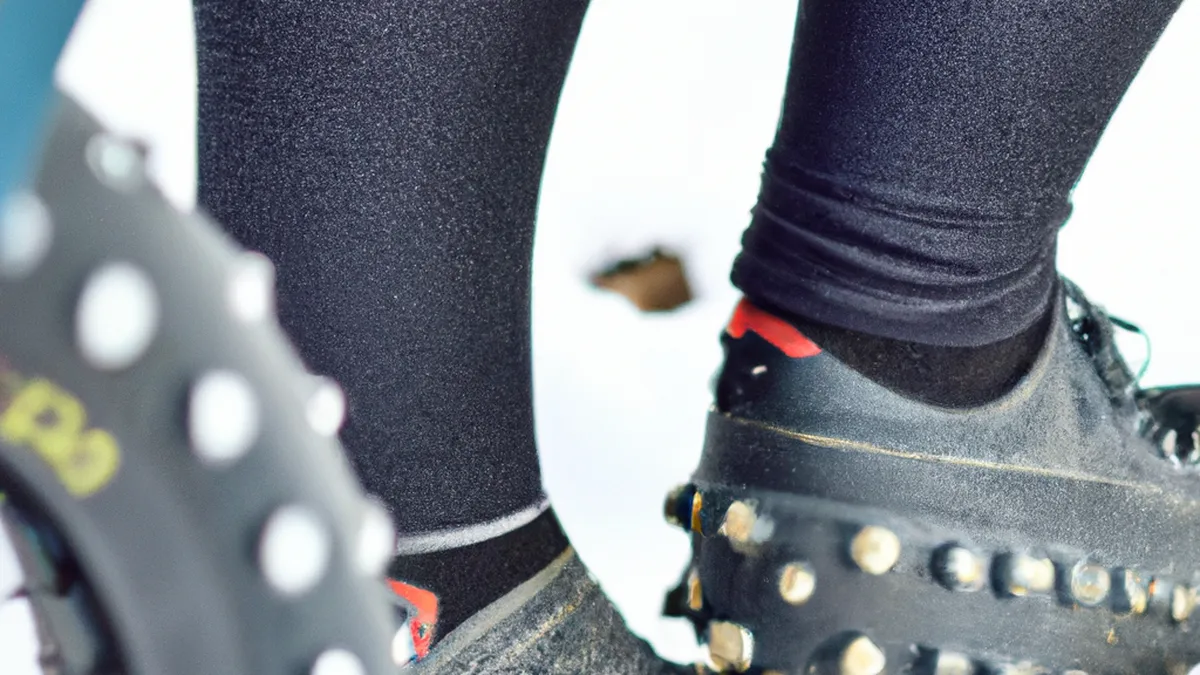Stride Patterns: 3 Foot Strike Styles (Beginners)
Timing Your Foot Strikes: A Comprehensive Guide for RunnersTiming your foot strikes impacts your running efficiency and performance. Many runners overlook how their landing affects speed, endurance, and injury risk. This guide explores foot strike mechanics, timing improvement tips, benefits, and techniques to enhance your running.
Understanding Foot Strikes
Foot strike describes how your foot lands during running. Runners typically use three main foot strikes: forefoot, midfoot, and heel strike. Each type has unique mechanics and implications for running style.- **Forefoot Strike**: The front of your foot lands first. Runners using this technique often experience quicker cadences, benefiting sprinting. Strong calf muscles and good ankle flexibility are essential.- **Midfoot Strike**: The entire foot hits the ground simultaneously. This strike balances speed and stability, offering efficient running. It ensures proper shock absorption and reduces injury risk.- **Heel Strike**: The heel lands first, common among recreational runners. While it feels natural, heel striking can lead to overstriding and increased injury risk if not timed properly.Each runner may prefer a specific foot strike based on anatomy and comfort. Understanding your foot strike type helps you adjust timing for optimal performance.
Tips for Timing Your Foot Strikes
As an Amazon Associate I earn from qualifying purchases.
Gear tip: consider gps running watch, hydration vest, and standing desk balance board to support this topic.
1. **Focus on Cadence**: Cadence measures steps per minute. Research suggests an optimal cadence of 170-180 steps. Higher cadence improves timing and running efficiency. Use a metronome or steady music to maintain rhythm during runs.2. **Shorten Your Stride**: Overstriding occurs when your foot lands too far in front. This can lead to heel strikes and injuries. Focus on shorter strides to land directly beneath your body, minimizing impact forces on joints.3. **Practice Drills**: Incorporate drills like high knees, butt kicks, and skipping into your routine. These exercises enhance foot placement awareness and improve timing by reinforcing proper mechanics.4. **Mind Your Posture**: Maintain an upright posture while running. Proper alignment affects foot strike timing. Lean slightly forward from your ankles, not your hips.
Conclusion
Understanding foot strike timing enhances your running efficiency and performance. Use these tips to improve your technique and reduce injury risk.
Below are related products based on this post:
FAQ
What is foot strike in running?
Foot strike refers to how your foot lands during running, and it can significantly affect your running style. The three main types are forefoot, midfoot, and heel strike, each with unique mechanics and implications for performance and injury risk.
What are the benefits of a midfoot strike?
A midfoot strike allows the entire foot to hit the ground simultaneously, promoting a balance of speed and stability. This technique enhances shock absorption and minimizes the risk of injury, making it an efficient choice for many runners.
How can I improve my foot strike timing?
Improving foot strike timing can be achieved by focusing on cadence, shortening your stride, practicing specific drills, and maintaining proper posture. These strategies help enhance your running efficiency and reduce the risk of injuries.















Post Comment